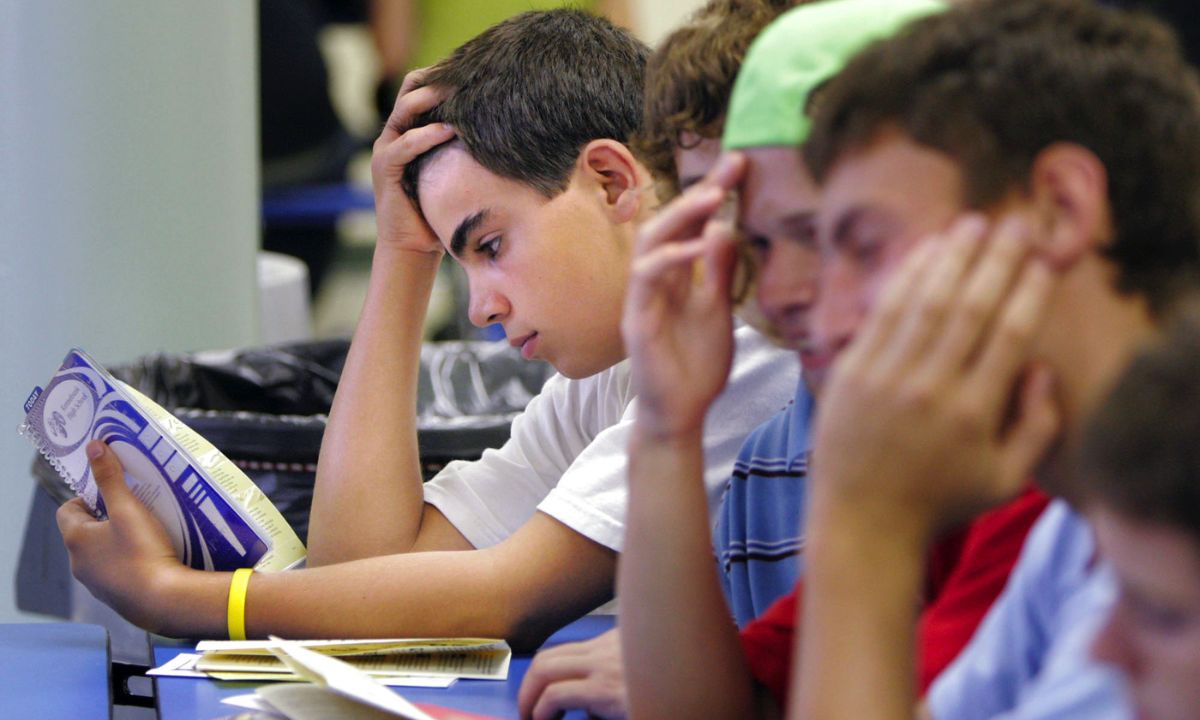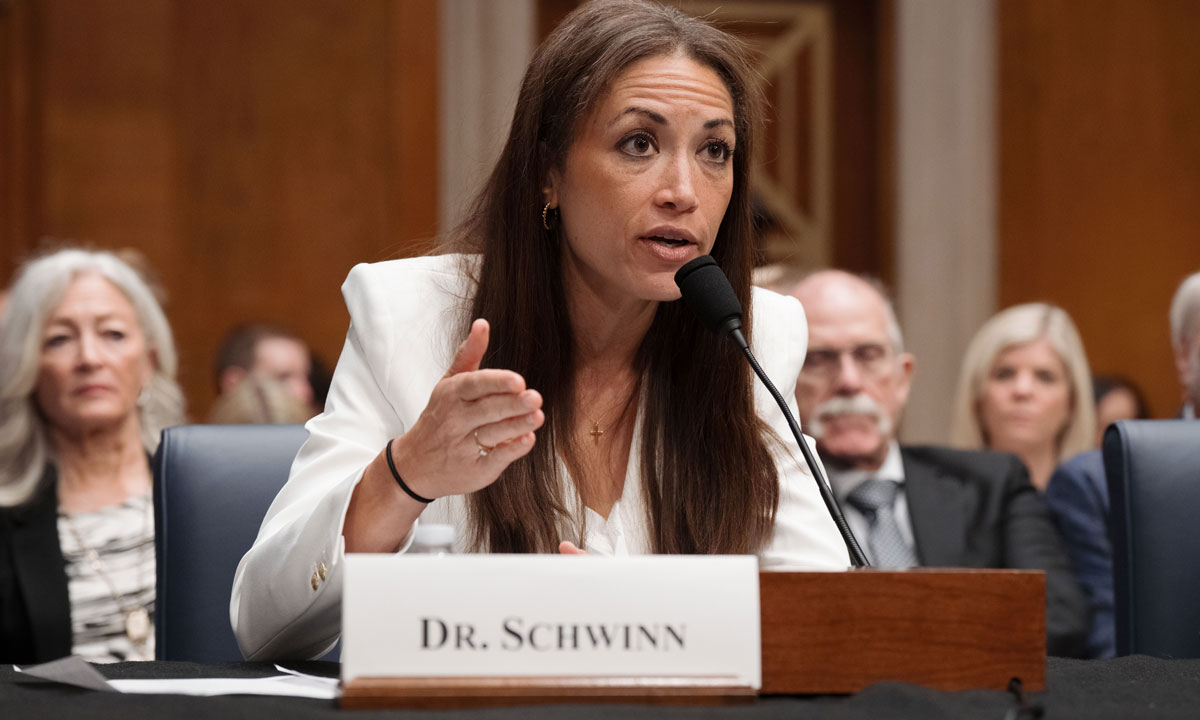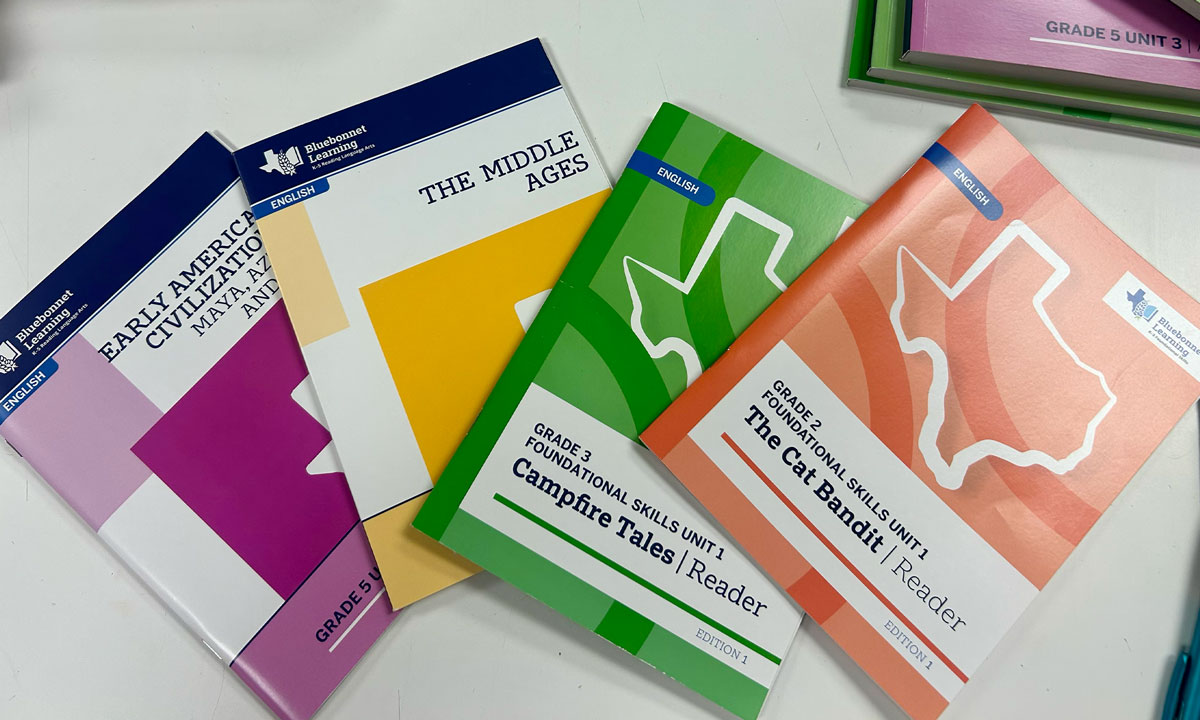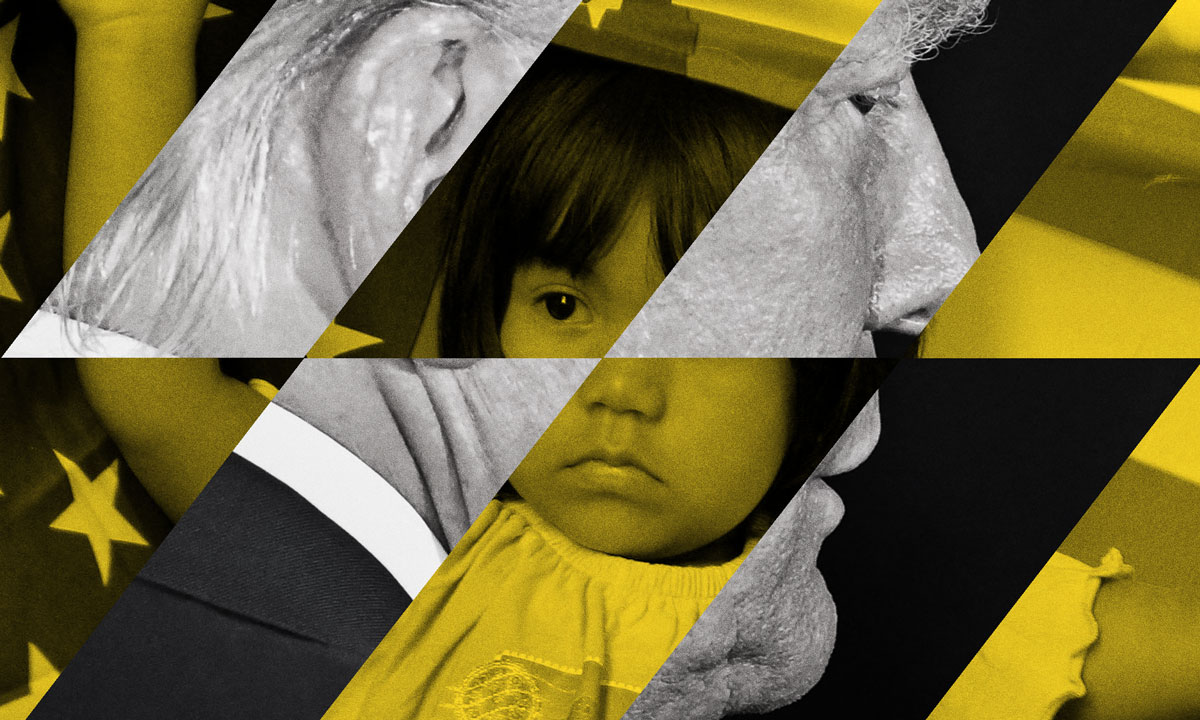Register right away.
Despite having a huge impact on the people it serves, the fate of a smaller program has gone unnoticed at a time when federal funding for public television, food assistance, and Medicaid is being cut. By paying for or reducing the cost of child care, the Child Care Access Means Parents in School (CCAMPIS) initiative offers a funding source to assist student parents in finishing their degrees. Funding for the modest but well-liked program would be eliminated in the Trump administration’s discretionary budget request for fiscal year 2026, which was sent to Congress in May.
According to New America, over half of the more than 3 million undergraduate student parents in the United States have at least one child under the age of six. More than one in five undergraduate college students in the United States belong to this demographic.
It should come as no surprise that finding reasonably priced child care is extremely difficult for these people, and that this barrier contributes to the fact that student parents are almost twice as likely to leave college than students without children. According to a 2022 research co-published by educational equity nonprofits Generation Hope and The Education Trust, no state allows a student parent to work 10 hours a week at minimum wage and yet pay for both tuition and child care at a public college or university.
Launched in 1999 and traditionally supported by both parties, CCAMPIS has been a significant, if not adequate, finger in this dam. According to the Congressional Research Service, the $75 million in financing as of 2025 enables about 3,000 students at more than 250 institutes of higher education (IHEs) finish their degrees and take the first steps toward a more secure future. Not to mention the beneficial knock-on benefits for the larger community.
Through an application process, IHEs get funds totaling $75 million. Through needs-based financial aid, the funds can be used to support the cost of off-campus child care for student parents or to operate on-campus child care centers, which can care for small children and give before- or after-school care for older children.
The effects may alter one’s life. According to a student parent interviewed by researchers at New Americasaid, I frequently felt very alone as a military spouse without any family nearby or an established support network. That has been altered by this [CCAMPIS program]. I now have a network thanks to it. Knowing that my kids are in secure, caring settings has allowed me to take care of myself and strive for a brighter future for my family thanks to child care financing.
The $75 million for CCAMPIS is insignificant when compared to the $6.75 trillion federal budget for 2024. It amounts to a very small portion of the country’s yearly expenditures. In contrast, it was believed that the June 14 military parade in Washington, D.C., cost upwards of $45 million.
In a more ideal ecosystem of family policy and infrastructure, student parents would have more overall support and campus child care would be integrated into a larger system. However, in the absence of a more comprehensive system, CCAMPIS has emerged as a significant source of short-term funding that, if anything, should be increased.
The budget request’s justification is, at best, inadequate. According to the Trump administration, the budget suggests doing away with CCAMPIS because it is too costly and redundant to provide child care subsidies to college-bound parents. An alternative source of funding is the Child Care [and] Development Block Grant. Additionally, IHEs could—and many do—offer to meet this demand of their student body. Even though the proposed block grants are intended to assist low-income parents in paying for child care while they are employed or enrolled in school, the money is already overburdened. Only roughly 14% of eligible families are reached, and underfunding has resulted in registration freezes in numerous states. Additionally, the majority of IHEs—community institutions in particular—do not have the funds to fill the void.
Due to financial difficulties, numerous schools and universities have been discontinuing their on-campus child care programs in recent years. The Everett Community College center northwest of Seattle is one such casualty. Some parents relied on the center for much more than child care, according to the Seattle Times, which also noted feelings of rage, despair, and frustration among the student parents it served. One mother, Phala Richie, was featured in the report. She claims that she has developed deep ties at the center and that there are services available for parents. She occasionally lacks the funds to purchase jackets for her children at the end of the year, and the center assists families in purchasing winter clothing. When she runs out of food or diapers, the center’s pantry also comes in handy. Richie has completed CPR training and budgeting classes.
It would be easy to argue that since CCAMPIS only serves a small portion of the population, its elimination would not be a huge concern. However, this plan is an illustration of death by a thousand cuts.The program’s discontinuation would signify the breakdown of a system that the general public has grown to depend on. Rebuilding a stronger, more cohesive society where everyone may prosper will be more difficult as a result of the decline in public faith in the government.
Instead of leaving student parents on an even more perilous ledge, maybe Congress will have the common sense to reject the Trump administration’s proposed decrease of CCAMPIS funding and instead look for methods to support them.










